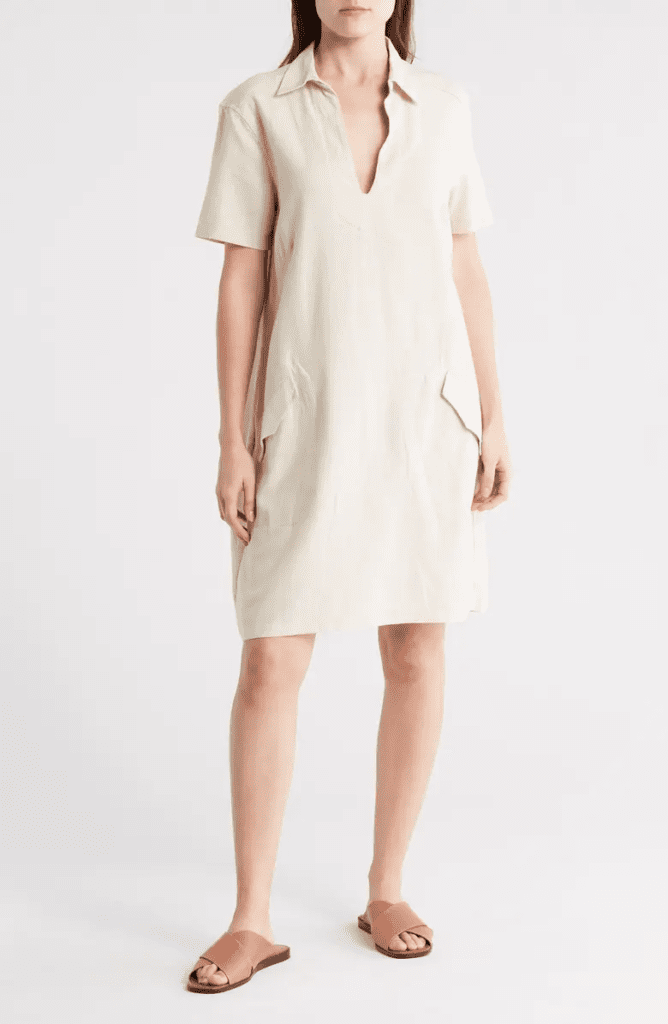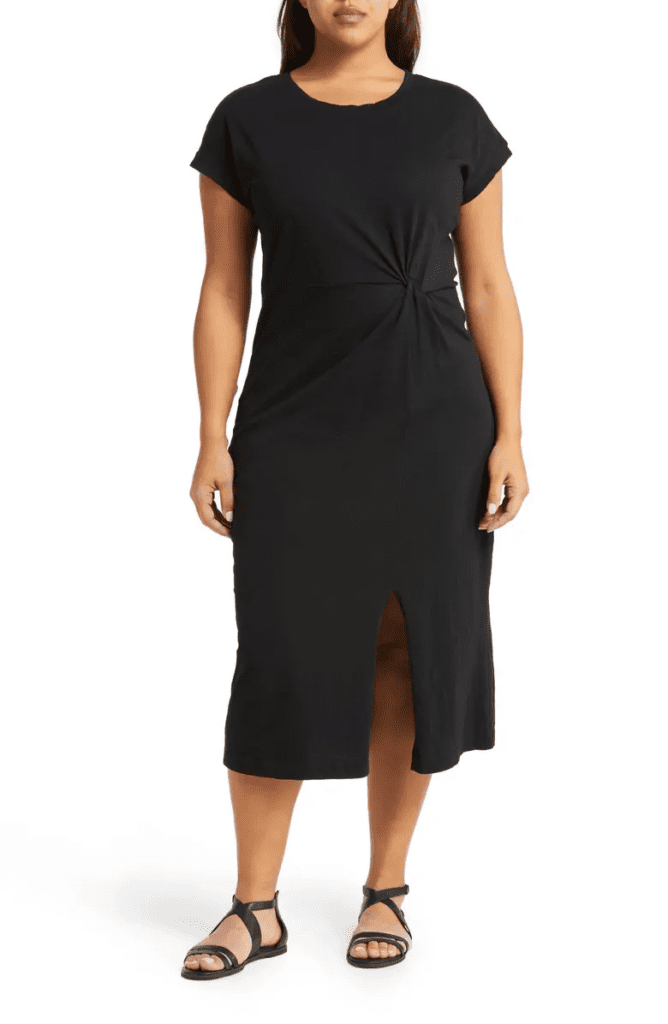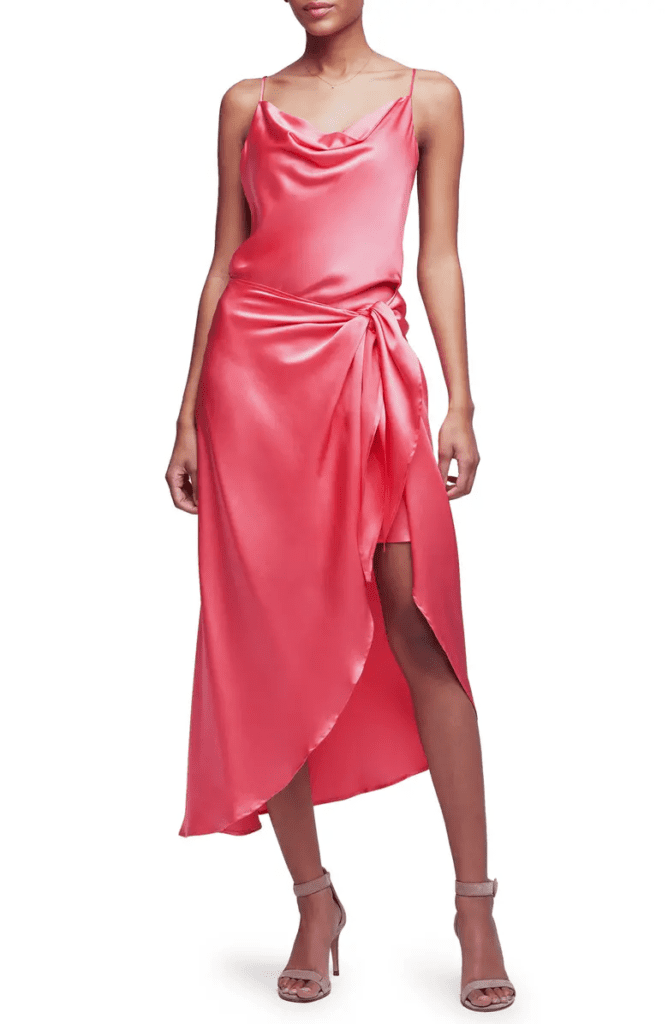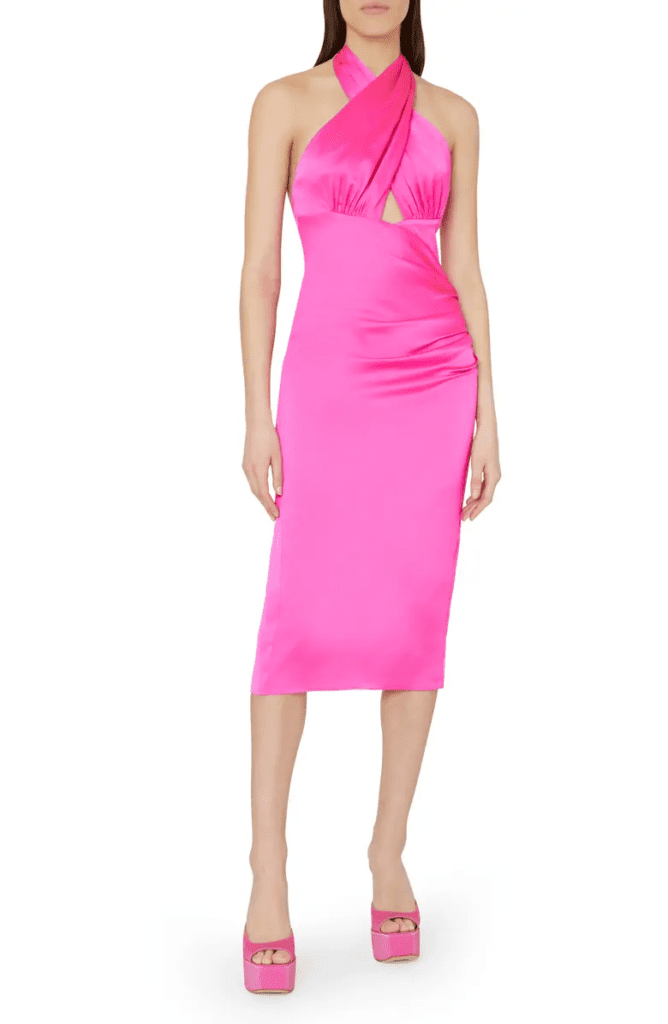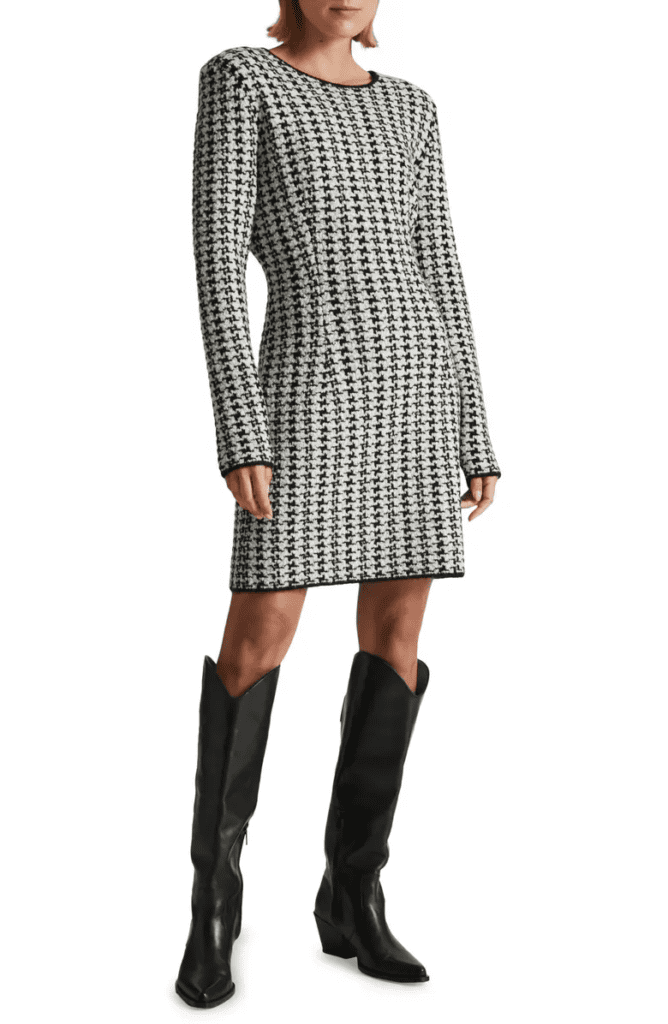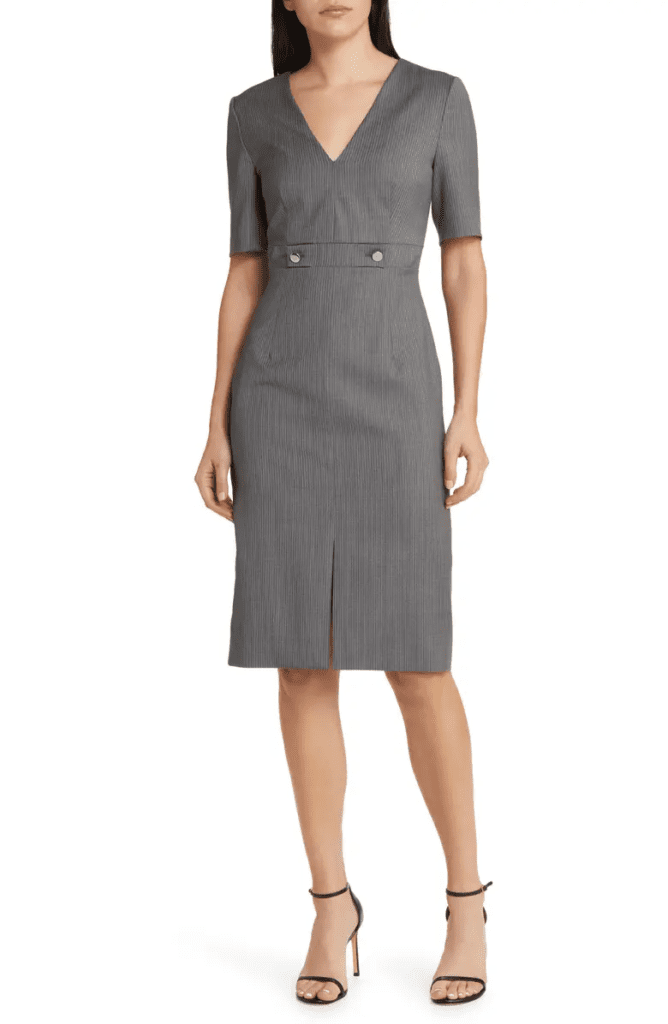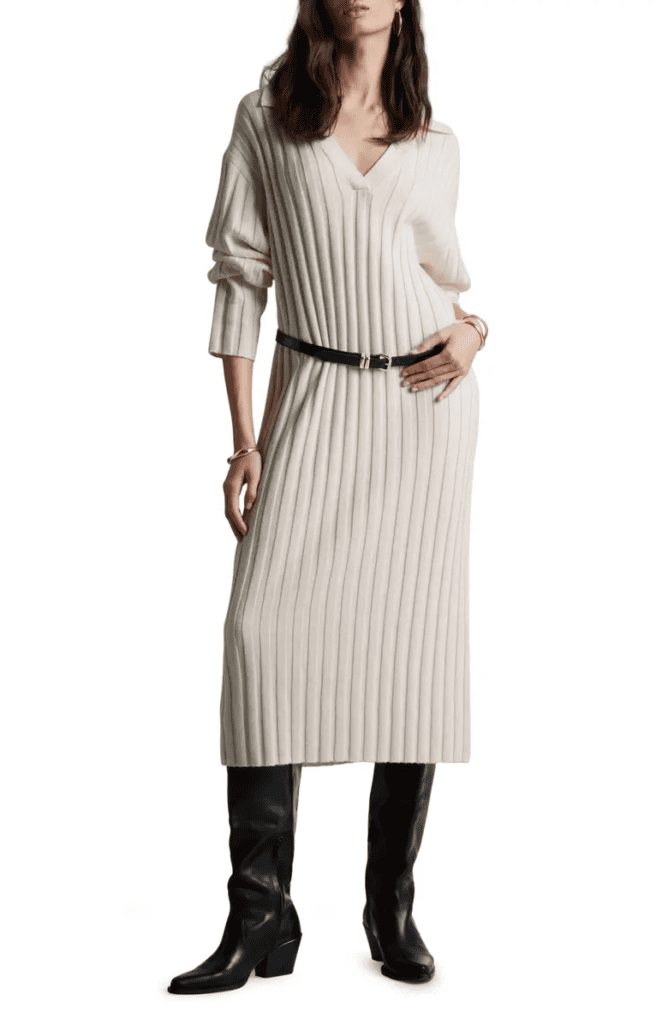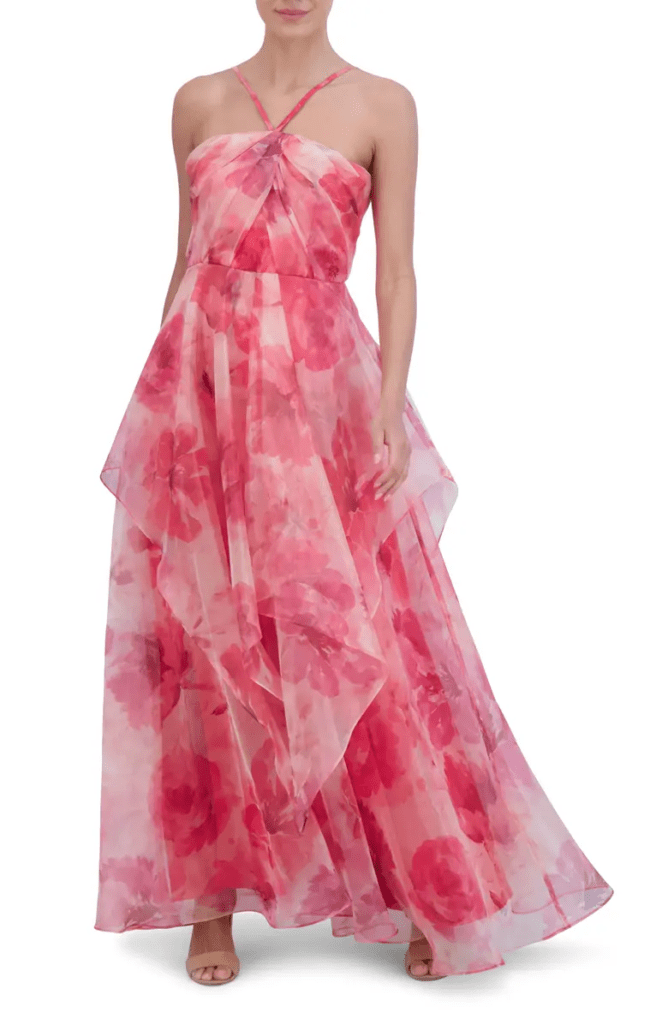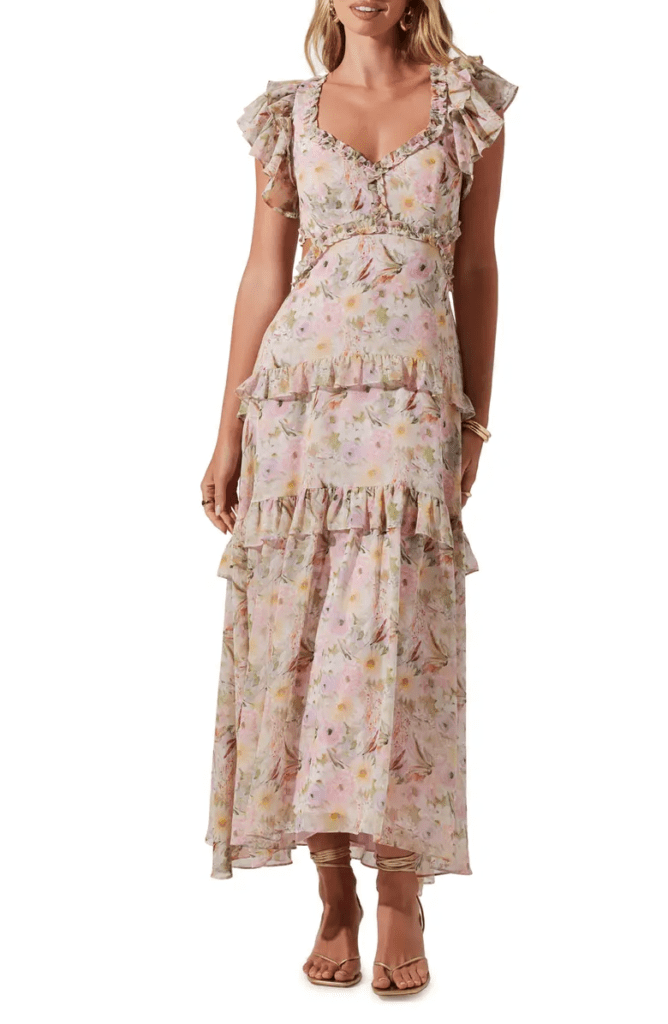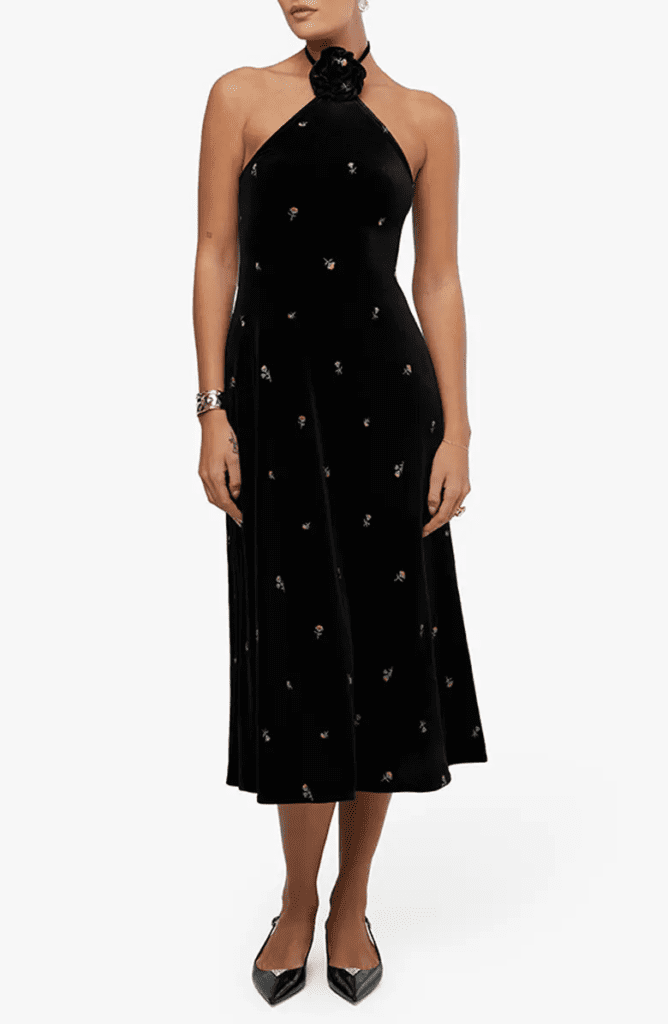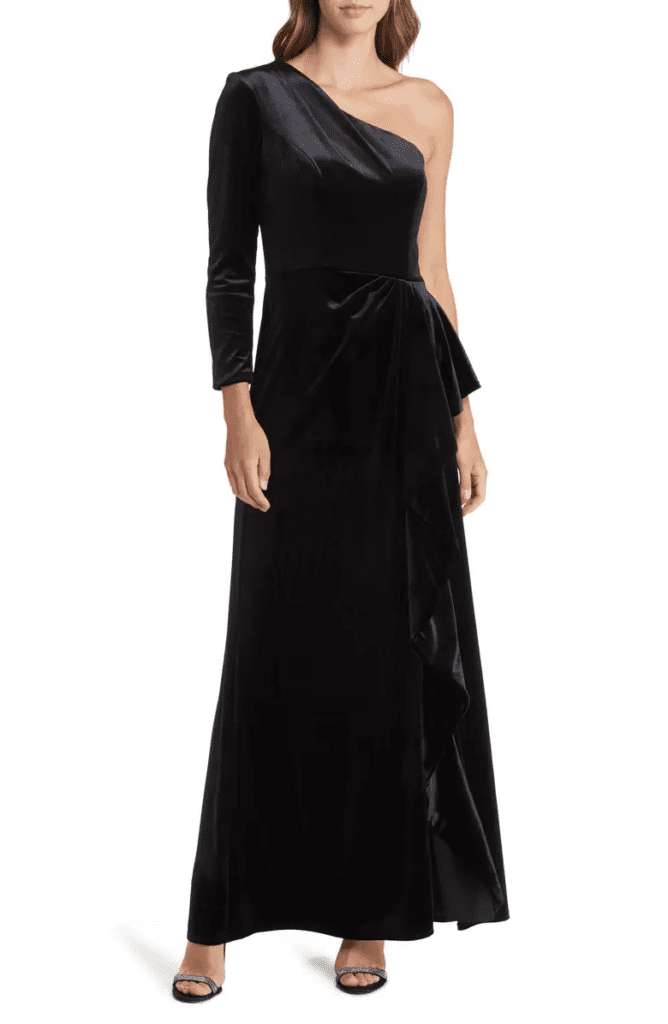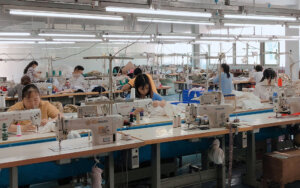In the ever-changing world of fashion, the fabric you choose is just as important as the design of the clothes themselves. If you’re a clothing brand owner who’s about to create a new line for 2024, knowing the properties, benefits, and limitations of different fabrics can give your brand a competitive edge.
In this article, I’m going to go over seven common dress fabrics—cotton, linen, silk, wool, polyester, rayon, and velvet—and tell you what they’re good for, what they’re bad for, and what styles and situations they’re best suited for. This will help you make smart decisions that are tailored to the specific needs and preferences of your target market.
Cotton
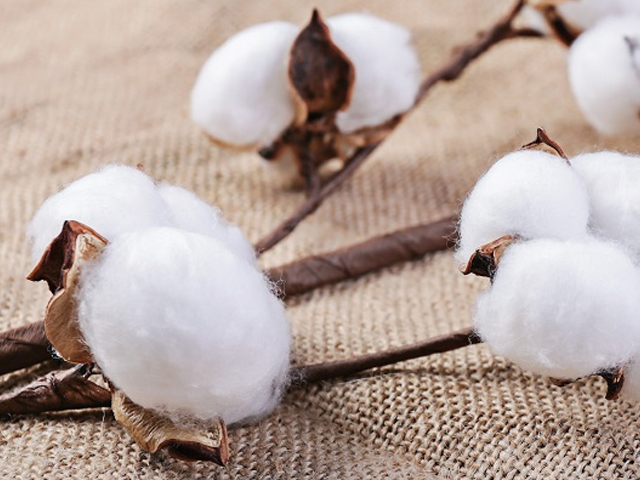
Advantages:
- Comfort and Breathability: Cotton is prized for its softness and excellent breathability, making it ideal for warm climates and active wear.
- Hypoallergenic: Rarely causes allergic reactions, making it suitable for sensitive skin.
- Durability and Ease of Care: It is durable, machine washable, and retains color well.
Disadvantages:
- Wrinkling: Cotton can crease easily, requiring more ironing than some other fabrics.
- Shrinkage: Prone to shrinking unless pre-treated.
Suitability:
- Styles: Perfect for casual and everyday wear, including summer dresses, children’s dresses, and shirt dresses.
- Scenarios: Best for daywear, informal outings, and when comfort is a priority.
Price:
Cotton prices can vary from low to medium depending on the type and quality. Organic cotton tends to be more expensive than conventional cotton due to the costlier farming practices and lower yields.
Linen
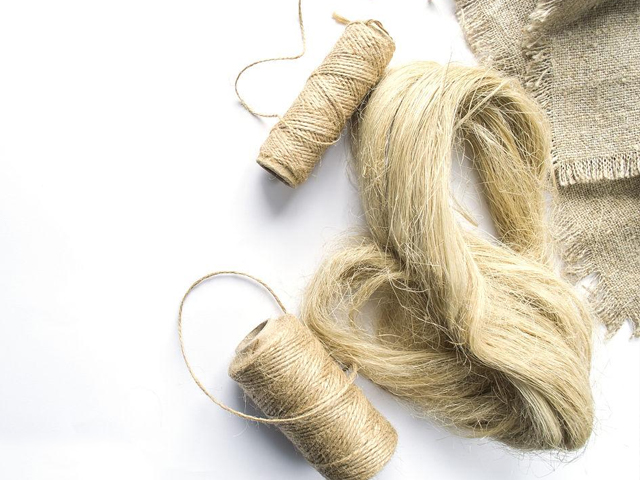
Advantages:
- Strength and Longevity: Linen is stronger than cotton and highly durable.
- Coolness: Known for its ability to stay cool and fresh, even in hot and humid weather.
- Eco-friendly: Made from flax plant fibers, it is biodegradable and recyclable.
Disadvantages:
- Creasing: Tends to wrinkle easily which can give garments a less polished look.
- Roughness: Some find linen rough to the touch, especially before it has been washed several times.
Suitability:
- Styles: Ideal for relaxed, loose-fitting summer dresses and resort wear.
- Scenarios: Best for vacation, beach outings, and casual summer events.
Price
Linen is generally priced higher than cotton. This is due to the labor-intensive processes required to turn flax into linen fabric. High-quality linen from well-known sources like Belgium or Ireland typically comes at a premium.
Silk

Advantages:
- Luxury Feel and Appearance: Offers a natural sheen and softness that exudes elegance.
- Temperature Regulation: Keeps cool in summer and warm in winter.
- Strength and Lightweight: Despite its delicate appearance, silk is highly durable and lightweight.
Disadvantages:
- Care Requirements: Requires dry cleaning and can be damaged by perspiration and sunlight.
- Cost: Typically more expensive than many other fibers.
Suitability:
- Styles: Suited for high-end luxury garments like evening gowns, wedding dresses, and cocktail attire.
- Scenarios: Ideal for formal, evening, or other special occasions.
Price:
Silk is one of the most expensive fabrics due to its natural origin and the complex process required to produce it. The price can vary significantly based on the type of silk and its weave.
Wool

Advantages:
- Warmth and Insulation: Excellent at retaining heat, making it ideal for colder weather.
- Natural Elasticity: Helps garments retain their shape.
- Moisture-Wicking: Absorbs moisture without feeling wet.
Disadvantages:
- Itchiness: Can be irritating to the skin, depending on the fineness of the wool.
- Care Requirements: Often requires dry cleaning to maintain its texture and shape.
Suitability:
- Styles: Great for winter dresses and formal wear.
- Scenarios: Suitable for business environments, formal events, and cool weather conditions.
Price:
Wool prices can range from moderate to high depending on the type of wool. Merino wool, for instance, is typically more expensive than more common wool due to its finer fibers and softness.
Polyester
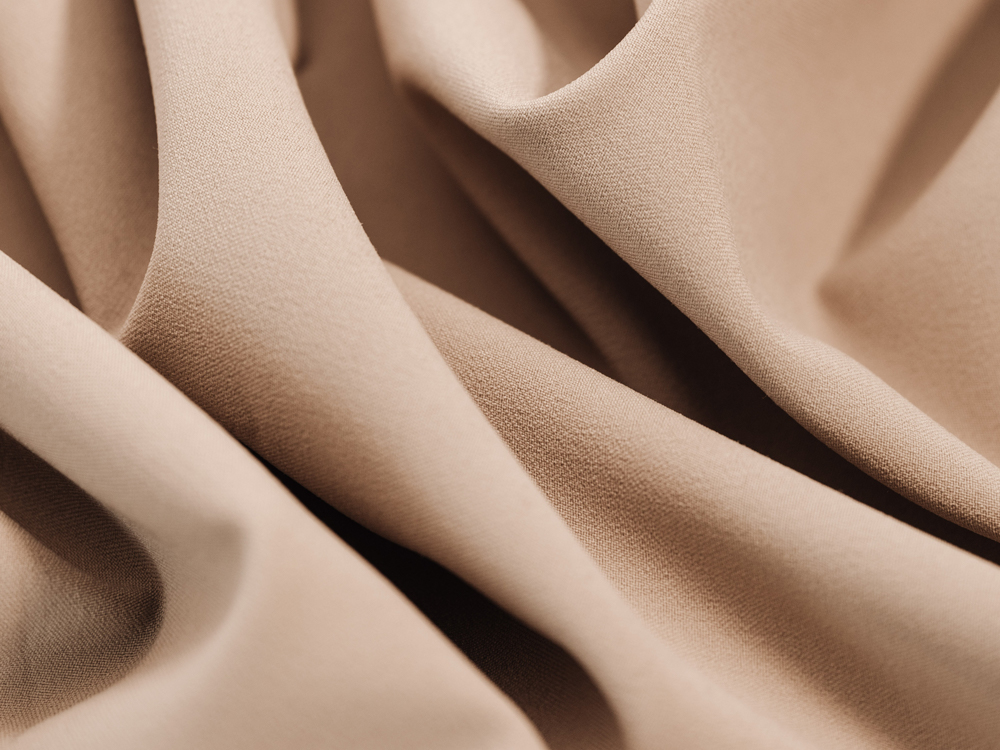
Advantages:
- Durability: Resistant to shrinking and stretching.
- Maintenance: Easy to care for, with resistance to wrinkles and quick-drying properties.
- Versatility: Blends well with other fibers.
Disadvantages:
- Breathability: Less breathable than natural fibers, which can make it uncomfortable in warm weather.
- Environmental Impact: Synthetic fibers are not biodegradable and contribute to microplastic pollution.
Suitability:
- Styles: Suitable for a wide range of clothing, from everyday wear to office attire.
- Scenarios: Excellent for travel and long wear durations due to its low maintenance.
Price:
Polyester is generally the least expensive of these fabrics. It’s a synthetic material, which is cheaper to produce than natural fibers. However, specialized finishes and weaves can increase its price.
Rayon
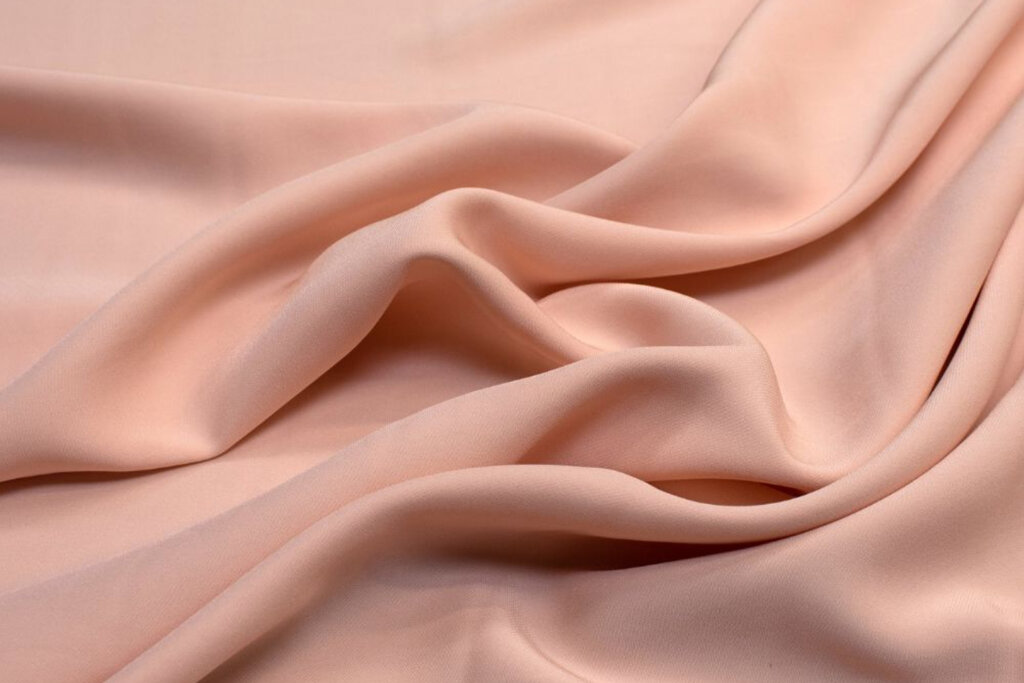
Advantages:
- Silk-like Feel: Provides a luxurious feel at a more affordable price point.
- Breathability: More breathable than polyester, making it more comfortable in warm weather.
- Drapability: Offers beautiful draping qualities.
Disadvantages:
- Weakness When Wet: Loses strength when wet, which can lead to tearing.
- Care Requirements: Can require dry cleaning and is prone to shrinking.
Suitability:
- Styles: Ideal for flowy dresses and casual wear that demands a soft silhouette.
- Scenarios: Perfect for daytime events, semi-formal gatherings, and places with a moderate climate.
Price:
Rayon, a semi-synthetic fiber, is usually priced lower than natural fibers like cotton and silk but can vary depending on the processing method and the type of rayon (like viscose, modal, or lyocell).

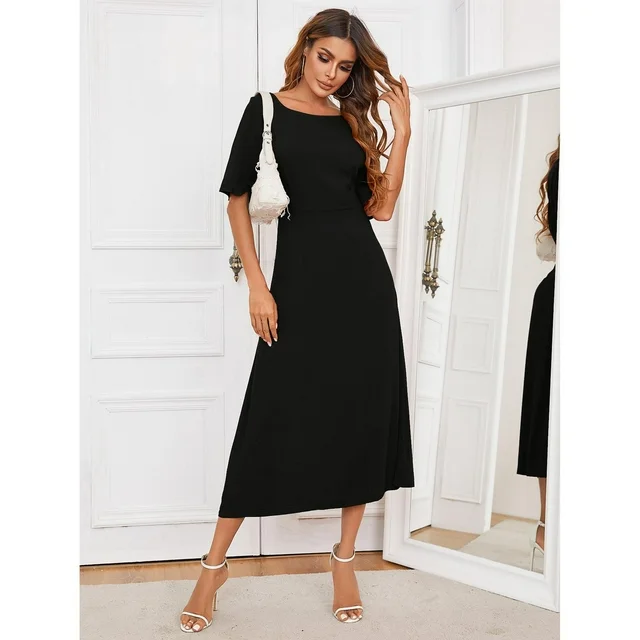
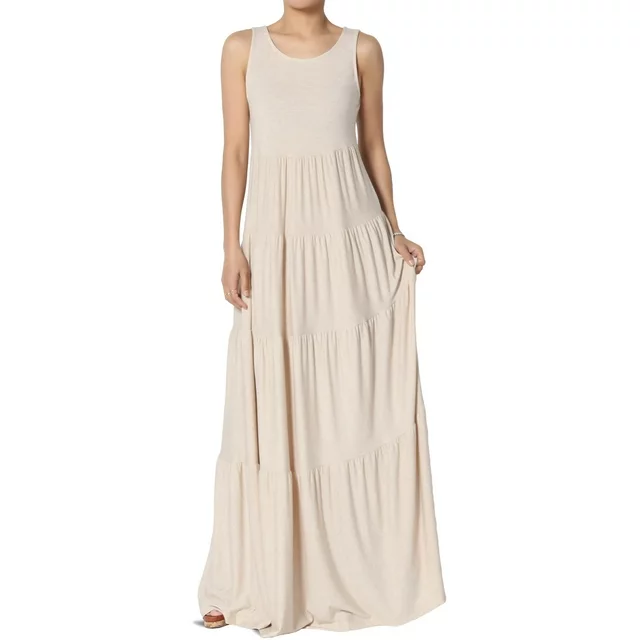
Velvet
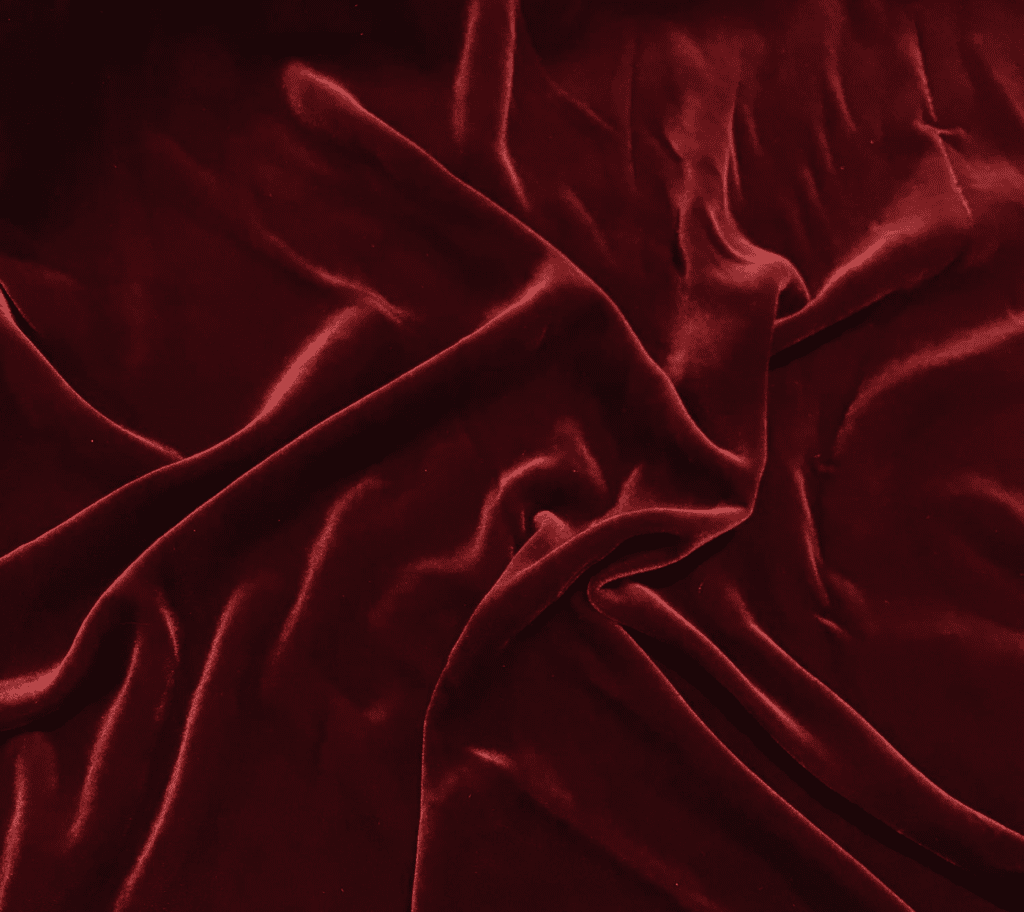
Advantages:
- Luxurious Texture: Known for its rich and soft texture which adds a touch of luxury.
- Visual Depth: The pile of the fabric gives a unique, deep color effect that is visually striking.
- Insulation: Provides warmth, making it suitable for cooler seasons.
Disadvantages:
- Weight: Velvet can be quite heavy, which might not be comfortable for all-day wear.
- Care Requirements: Requires careful handling to avoid crushing or marking the pile; often needs dry cleaning.
- Heat Retention: Can be overly warm, limiting its use to cooler environments.
Suitability:
- Styles: Best for evening wear, such as gowns and cocktail dresses.
- Scenarios: Ideal for formal events, winter weddings, and holiday parties.
Price:
The price of velvet depends largely on the base fiber used. Velvet made from silk can be quite expensive, while velvet made from synthetic fibers like polyester is more affordable. The production process and the density of the pile also affect the price.
Conclusion
Choosing the right fabric is crucial in defining the comfort, style, and functionality of dresses in your 2024 clothing line. Each fabric offers unique advantages that can enhance the appeal of your garments, but they also come with limitations that need consideration. As a brand owner, your choice should align with the needs and expectations of your target audience as well as the specific occasions for which the dresses are intended.
Cotton and linen are excellent for casual and daytime dresses, offering comfort and breathability. Silk and velvet, with their luxurious appeal, are perfect for evening and formal wear. Wool is ideal for the cooler months, while polyester and rayon offer versatility and practicality for a range of styles and settings.
Recommendations and Future Trends
As you develop your product line:
- Consider the Sustainability Trend: More consumers are demanding eco-friendly products. Consider using organic cotton, recycled polyester, or sustainably sourced wool.
- Innovative Fabric Blends: Explore blends that combine the best properties of two fabrics, such as cotton-polyester for durability or silk-rayon for a luxurious feel at a lower cost.
- Technological Enhancements: Look into advanced treatments and finishes that can enhance fabric properties, like water repellency for cotton or anti-wrinkle treatments for linen.
By staying informed about the latest fabric innovations and market trends, and by understanding the unique characteristics of these common dress fabrics, you can ensure that your 2024 clothing line not only meets but exceeds consumer expectations. Remember, the right fabric choice will not only influence the aesthetic and feel of your dresses but also their success in the marketplace.

